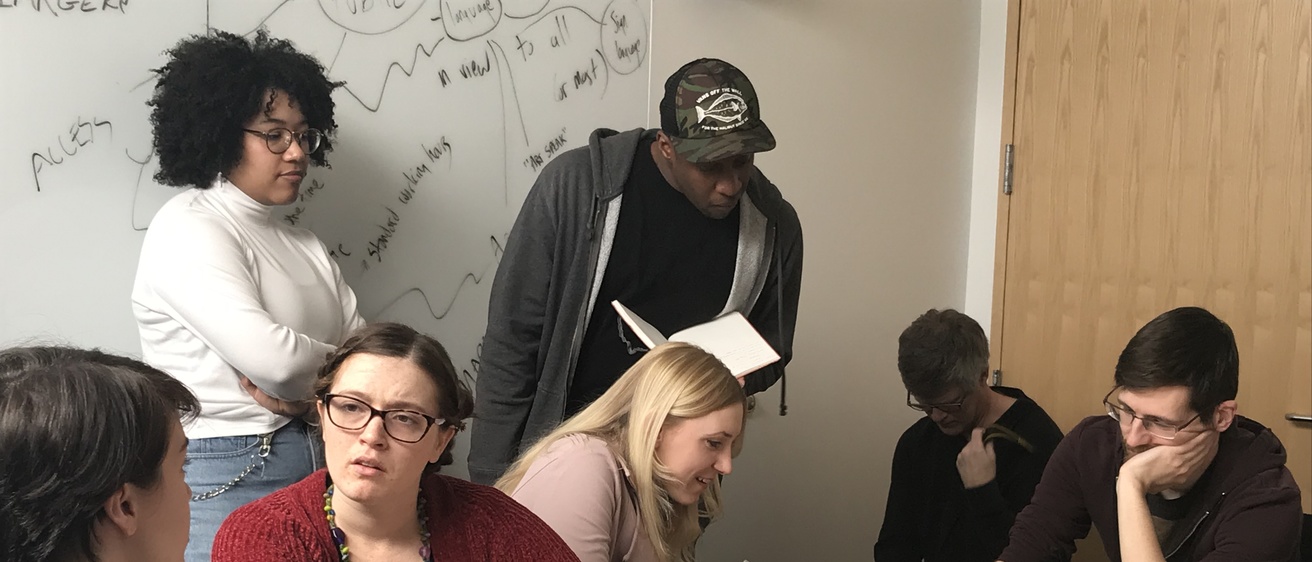Communities create partnerships with the University of Iowa to tap into resources, innovation, and expertise that stimulate change and positive momentum in their cities and rural areas.
Iowa faculty and students are equally excited to complete meaningful projects that impact Iowans, their communities, and our environment. These partnerships are highly valued by both campus and communities, equally benefiting both.
Communities across Iowa are recognizing that art improves quality of life and creates economic benefit. With a greater need for public art, communities are turning to the University of Iowa in search of performances, murals, sculptures, and more to bring to their communities.
Recognizing the growing desire for public art within communities, the Grant Wood Art Colony (GWAC), its committee of UI faculty, and local cultural leaders focused the 6th Biennial Grant Wood Symposium on “Art in Public.”
The symposium addressed current trends and issues involving contemporary public art. Scholarly discussion around public art shaped the symposium’s development. During the first part of the symposium, educators gathered to discuss public art/engaged practice pedagogy.
The second part of the symposium, invited the public to listen to lecture that covered the themes: Practicing art in the public sphere, Public art in action, and Art doesn’t happen here.
Interest and energy generated by the symposium, paired with community requests for public art projects, inspired GWAC and the Stanley Museum of Art to develop the Grant Wood Public Art Residency at Iowa. The residency aimed to combine public art practices, with community-engaged partnerships.
Nine Iowa students spent spring break studying the practice, history, and theory surrounding public art projects. Under direction of faculty members Vero Rose Smith and Thomas Agran, students discussed the politics of art in public spaces, explored the nuances of materials and methods, visited six Cedar County communities, and toured the Stanley Museum of Art.
The week culminated with each student presenting public art concepts to their colleagues and members of the public.
Four of the students then participated in a summer mural initiative, gaining commissions to paint murals in Cedar County, Keokuk, Maquoketa, Webster City, and Iowa City. They applied their newly gained knowledge and talent honed by the School of Art and Art History.
This included working side-by-side with the communities to develop culturally relevant work for each place.
“With these murals I have many opportunities to work with the community," said artist Drew Etienne, who painted murals in Maquoketa and Tipton.
"From deciding where it’s going to go, the materials that will serve the project best, talking with local folks about their sense of place in their community, and physically working on the mural together,” Etienne said. “I have had the chance to put to the test the wealth of information that I received from Thomas Agran and Vero Rose Smith during the Grant Wood Public Art Residency.”
The public art activity that took place over the past year is a quintessential university activity—from scholars gathering to discuss current trends and innovations to instructing students based off the findings to finally putting knowledge to work, with students painting murals across Iowa.
